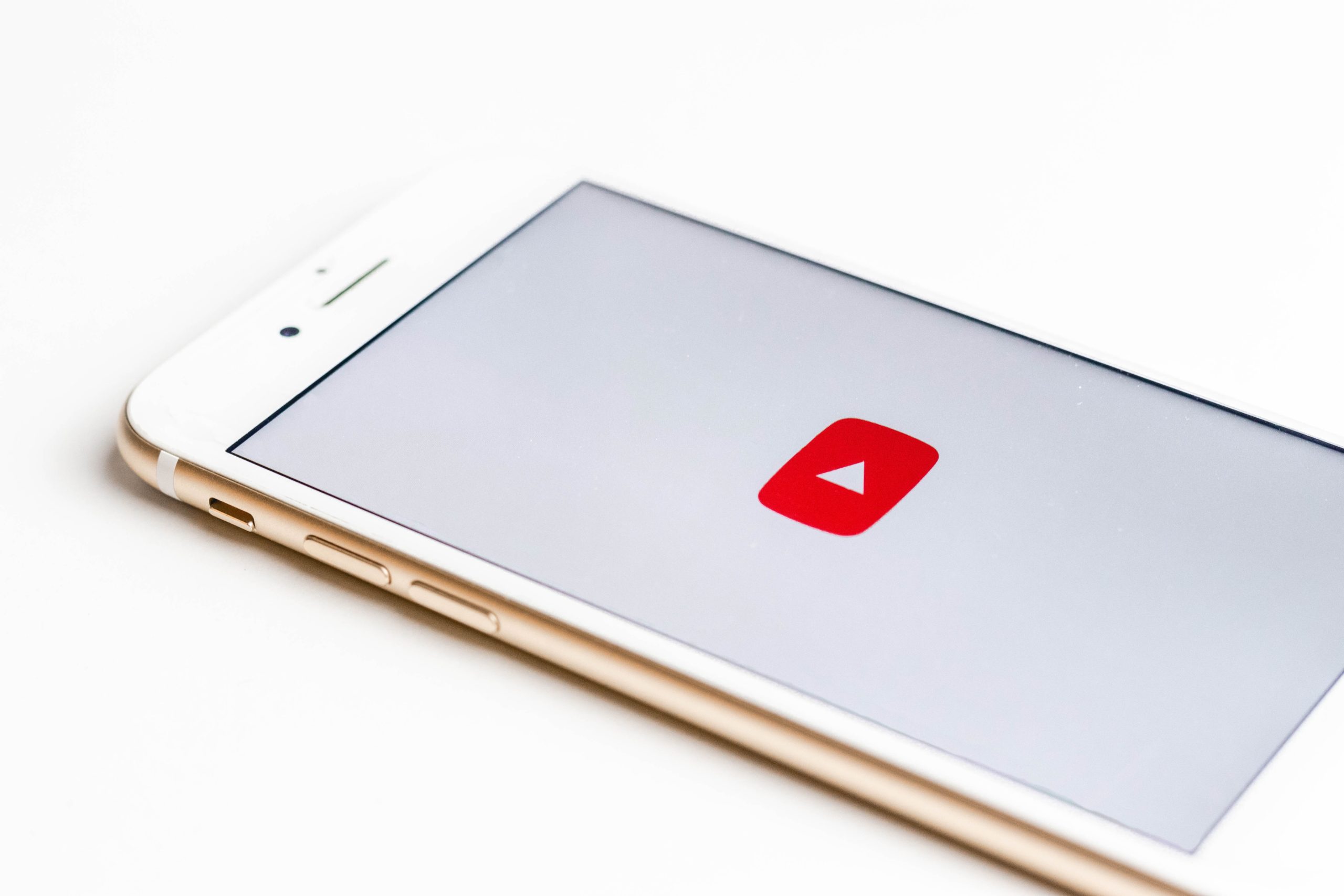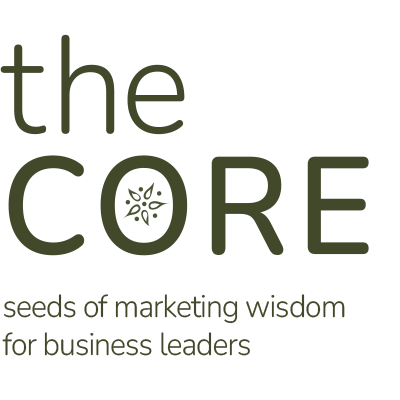Can you be a marketer without working a traditional 9-5? The answer is a resounding “YES!” Today, more and more marketers are finding success—for their careers and for the brands they represent—without spending all day behind a desk.
Modern, untraditional marketing initiatives take many forms, including influencer, affiliate, guerilla, stealth, and street. I’ll unpack each of those in this blog post so you can learn more about how the marketing landscape is changing to include new techniques that largely occur outside of the office.
Influencer Marketing
If you’ve spent time on social media, you’ve encountered influencer marketing. This type of marketing is highly effective, relying on endorsements and product mentions from individuals with a dedicated social following who are viewed as experts within their niche.
For example, a popular fitness vlogger may be asked to post a video on TikTok promoting certain supplements or athletic gear. She then creates content around the product and shares it with thousands or even millions of followers. Because they already trust her expertise, they will be more likely to purchase the product she is advertising.
Influencer marketing is effective because it relies on the relationships the influencer has previously established with her audience. Instead of the brand building trust with the audience directly, the influencer’s endorsement does that for them, quickly creating a bridge between the audience and the brand.
Affiliate Marketing
Affiliate marketing refers to sharing a link to a good or service on your website or blog and earning a commission each time someone purchases the product from that shared link.
This type of marketing involves little to no startup costs, as most affiliate programs are free to join. Plus, there are several different paths to choose from as you’re getting started, including promoting your link in search results or through email marketing, developing your own influencer program, or creating a website based on product reviews or coupons.
Guerilla Marketing
Less intense than its namesake guerilla warfare, guerilla marketing relies on the element of surprise to create wonder and awe in the day-to-day lives of potential consumers, both in person or online. It requires less upfront costs than many traditional marketing methods. But, what guerilla marketing lacks in costs, it makes up for in hands-on execution and creativity.
Consider Bounty’s surprise gigantic messes in the streets of New York City – think an oversized popsicle and a huge spilled coffee cup – to advertise the effectiveness of the paper towels. Out-of-the-box ideas like this are noticeable and thought-provoking, meeting potential buyers where they are and leaving a memorable and positive impression.
Stealth Marketing
In contrast to guerilla marketing’s eye-catching techniques, stealth marketing aims to fly under the radar. Brands want to showcase a product or service, but in a more indirect campaign that drives awareness more than sales.
A popular form of stealth marketing is product placement (i.e. when a product is strategically placed in a T.V. show or movie). However, it can also occur via reviews, company partnerships, and web content produced or endorsed by a third party. The most important part of a stealth marketing campaign, or any marketing campaign, is to be genuine or risk ruining your reputation.
When done well, stealth marketing can create excitement and conversation around a brand. It can make a brand more memorable and help potential customers feel empowered in purchasing decisions.
Street Marketing
Street marketing is the close cousin of guerilla marketing. Like guerilla marketing, effective street marketing can be accomplished on a low budget if it’s big on creativity.
A key difference is that while guerilla marketing occurs in person and online, street marketing is limited to just that: the street and other public places like sidewalks and transit stations.
Street marketing includes tactics like placing static ads in unexpected places, such as an ad for Roto-Rooter on a manhole cover or using enthusiastic brand ambassadors to pass out product samples.
Develop the Best Marketing Strategy
Our team at Green Apple has years of experience developing modern strategies for brands throughout the United States. If you’re ready to move your marketing outside of the office, reach out and let our team put together a plan that will stop your audience in their tracks.












